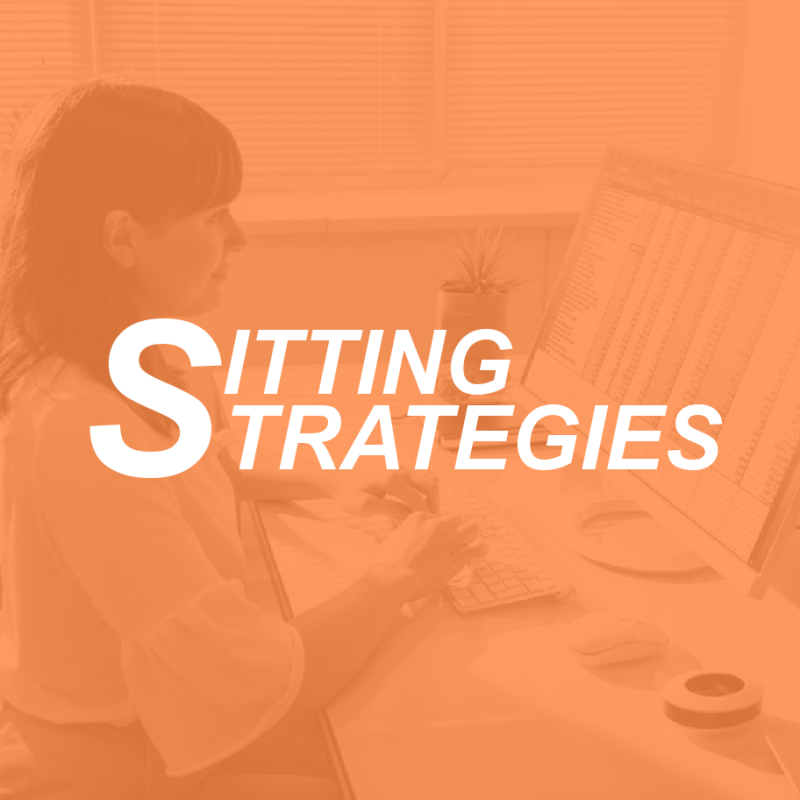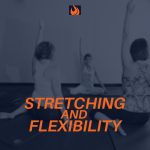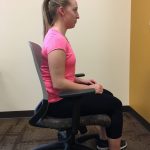
The COVID-19 global pandemic rocked this world and continues to impact us all daily. Many professionals (and businesses) have shifted the format in which they operate. It’s not uncommon to serve clients who work most of the time from home or other remote location. This means more virtual meetings, conference calls, and time sitting at a desk and less time walking between offices, running errands, and taking breaks. Sedentary behavior was a concern prior to the pandemic, but the addition of social isolation and operational changes in client work schedules and locations further fueled the growing fire and highlighted the need for more mindful and regular movement throughout the workday. Providing our clients with specific activities and sitting strategies to reverse the damage of sedentary time is just as much in our purview as exercise programming.
We already know, too much sitting, even if clients meet the minimum weekly activity guidelines (i.e., active coach potato syndrome), is hard on their health. We need to encourage our clients (and remind ourselves) to stop sitting on the biggest problem – our backsides – and implement strategies that counteract the impact long periods of sedentary behavior has. Sitting is unavoidable but counteracting the “damage” is not.
Consequences of Too Much Sitting
Some significant physical consequences of sitting too much throughout the day include:
- Hip flexors become tight from sitting in a flexed position
- Low back becomes sore
- Shoulders slump forward from sitting at a desk and using a computer
- Core muscles weaken
- Caloric expenditure is at a minimum and we burn less fat
- Cognitive focus wanes
- Poor circulation and, in some cases, risk of blood clots become a threat
- Muscular imbalances
Sitting for extended periods of time is destructive, but clients can minimize the impact they make honest efforts to move throughout the day –not just during their sessions with us. Doing so will not only help offset the negative impact sitting has, but will help clients leverage NEAT expenditure – increasing caloric burn throughout the day.
A Two-Step Approach
Clients can avoid and/or reduce the “active couch potato” syndrome using a two-step strategy.
First, encourage clients to complete a sitting time study. During this “homework” assignment, clients mindfully observe and log how much time they spend sitting from the time they wake to the time they go to bed. Clients should also note when (or if) they take movement breaks and what they did during those breaks. To gather robust data and to effectively identify a pattern, it’s important for clients to examine three weekdays and one weekend day (more is obviously better).
Second, upon completion of the time study, you will have an opportunity to engage the client in a conversation about what they observed. From there, you can collaborate on strategies to shift the pattern.
Questions to ask clients during this phase include (but are not limited to):
- What do you notice about your sedentary time?
- How do you feel during the day or after extended periods of time?
- How do you engage in “brain” or movement breaks?
- What barriers do you feel are preventing you from engaging in more consistent movement outside of exercise sessions?
Tactics and Strategies to Share with Clients
It’s important for the behavior change process that you, as the professional, avoid the “expert trap” and directing clients to do “x” or “y”. However, as you are collaborating on strategies to overcome an abundance of sedentary time, offer to share more information and strategies if your client is open to them.
- Evaluate your workspace. Muscle imbalances are often causes by poor posture and ergonomically incorrect desk and chair set ups. Clients could consider rearranging their workspace to optimize ergonomics.
- Consider using a stability ball in place of an office char. Using an exercise ball will not automatically correct posture, but it is a good first step to training the postural muscles.
- Set a timer for every hour to take a 5 to 10-minute walk break. This helps burn calories, provides an opportunity for clients to stretch and get the blood flowing in all directions.
- Stretch throughout the day. Pay particular attention to the tightness in the hips, low back, wrists, and shoulders. Incorporate and perform specific exercises that offset the stagnant position of sitting before a workout.
- If clients use a laptop, they can take a stand break each hour by moving to a high-top table or countertop. Or, if it’s not cost prohibitive, a standing desk is useful and beneficial.
- Perform a short yoga routine before bed. This helps reduce stress, quiet the mind, and prepare the body for relaxation.
As clients’ work lives become more demanding and involve more production (and time on task), remaining mindful of the body’s need to move and be cared for will reduce the negative impact of sedentary living and working.







